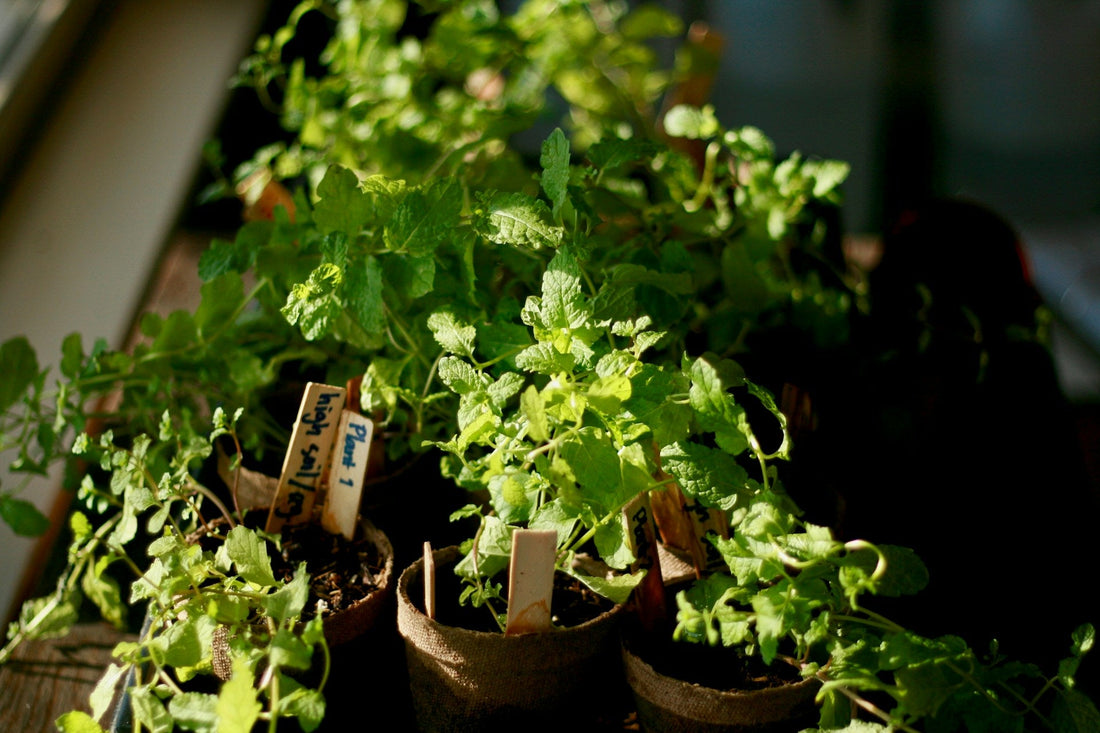
Uncommon Herbs to Grow in Your Home Garden
Share
Add Unique Flavors and Benefits to Your Garden
While basil, mint, and rosemary are staples in many home gardens, there’s a whole world of uncommon herbs that can elevate your culinary creations, support your health, and add visual interest to your garden. Exploring these lesser-known herbs is a fun way to diversify your green space and discover new flavors.
🌿 Why Grow Uncommon Herbs?
-
Culinary Variety: Introduce unique flavors to your meals that aren’t available at the grocery store.
-
Health Benefits: Many uncommon herbs have medicinal properties, antioxidants, or anti-inflammatory effects.
-
Aesthetic Appeal: Unique leaf shapes, colors, and textures can make your garden visually striking.
-
Pollinator Friendly: Some rare herbs attract bees, butterflies, and beneficial insects.
By planting uncommon herbs, you’re not just growing plants—you’re cultivating experiences and flavors.
🌱 Top Uncommon Herbs to Consider
1. Lemon Verbena
-
Flavor: Bright, lemony notes perfect for teas, desserts, and marinades.
-
Care: Prefers full sun and well-drained soil; can be grown in pots indoors or outdoors.
-
Bonus: Its fragrant leaves also make wonderful potpourri.
2. Lovage
-
Flavor: Celery-like taste, ideal for soups, stews, and salads.
-
Care: Hardy perennial that thrives in moist soil and partial sunlight.
-
Bonus: Both leaves and stems are edible, providing multiple uses.
3. Sorrel
-
Flavor: Tart and tangy, adding a refreshing twist to salads and sauces.
-
Care: Grows best in cool climates and can tolerate partial shade.
-
Bonus: High in vitamin C and antioxidants.
4. Shiso (Perilla)
-
Flavor: Unique blend of mint, basil, and anise; popular in Asian cuisine.
-
Care: Prefers warm weather and rich, well-drained soil.
-
Bonus: Vibrant purple and green leaves brighten up your garden beds.
5. Borage
-
Flavor: Cucumber-like taste, excellent in salads, drinks, or as garnish.
-
Care: Easy to grow; tolerates poor soil and attracts pollinators.
-
Bonus: Edible flowers make a beautiful addition to your dishes.
🏡 Tips for Growing Uncommon Herbs
-
Start Small: Begin with 2–3 new herbs and expand as you gain confidence.
-
Consider Containers: Many uncommon herbs do well in pots, making it easier to manage space and soil quality.
-
Research Requirements: Each herb has unique sunlight, water, and soil needs. Matching the plant to your environment ensures success.
-
Prune Regularly: Regular trimming promotes healthy growth and encourages bushy foliage.
-
Use and Enjoy: Harvest herbs when fresh for maximum flavor and nutrient content.
✅ Final Thoughts
Adding uncommon herbs to your home garden enhances flavor, health benefits, and visual appeal. Whether you’re a seasoned gardener or a beginner, experimenting with these unique plants adds creativity and excitement to your gardening routine.
Discover new tastes, attract beneficial insects, and enjoy a garden that stands out from the ordinary.
